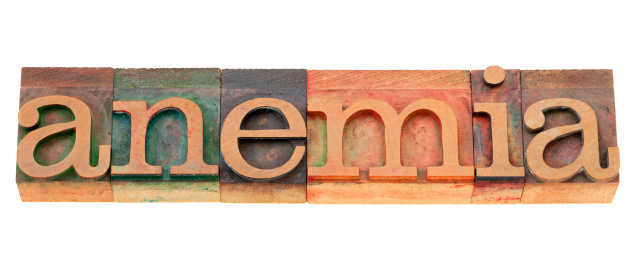
There is no other nutritional deficiency as common as iron deficiency, also known as anemia. For women between the ages of 20-45, who experience heavy menstrual bleeding or have fibroids, this article is especially important. Recurrent, heavy blood loss can cause the most common type of anemia: iron deficiency anemia. Iron deficiency anemia is produced when the amount of iron lost in the blood cannot be made fast enough to compensate. As a result, your red blood cells are deficient in a protein-iron molecule called hemoglobin which is responsible for carrying the oxygen around in your red blood cells.
The symptoms of iron deficiency are fatigue, shortness of breath, poor exercise tolerance, pale skin, tongue and nail buds, poor concentration, insomnia, poor immune function, and agitation. The common treatments for anemia are iron supplements and dietary changes to improve iron intake, absorption, and storage. Eating iron-rich foods is definitely a must.
Foods To Treat Anemia
Liver
Chicken and beef liver each contain 11 and 5.2 mg of iron respectively in each three ounce serving. Since the daily recommended dosage of iron for young healthy women is 18 mg per day. If you have iron deficiency anemia, you will need to consume two servings of these foods per day. Luckily, a lot of other foods contain iron as well, so you can have some variety in your diet.
Oysters
One three ounce can of oysters has almost 6 mg of iron. This is a great food if you like oysters and enjoy eating them. In my view, I prefer them whole in the shell, broiled, and then covered with some bread crumbs and cheese.
PLUS: Is Shellfish Healthier Than Regular Fish?
To treat anemia, I recommend eating at least three servings of oysters or shellfish per week.
Lean Red Meat
Red meat from lean beef sources has approximately 5.2 mg of iron per three ounce serving. The best way to prepare lean beef is by broiling or barbequing it. Beef is an excellent nutritional source for protein, iron, and other important nutrients. Consuming two servings of lean meat per day will greatly help treat anemia.
Can You Get Enough Iron on a Vegetarian Diet?
The foods I have just mentioned are at the top of the list because they are a source of heme iron. Heme iron is only found in animal sources and it is much better absorbed and utilized to improve hemoglobin synthesis compared to non-heme iron.
Non-heme iron is found in supplements, leafy vegetables, iron fortified cereals, dried fruit, legumes, peas, and molasses. The absorption of non-heme iron varies from two to 20 %; however, heme iron can be up to 35 % absorbable.
In my opinion, heme iron is the best form of iron to ingest if you want to correct iron deficiency anemia. Since iron deficiency anemia usually results in a low degree of iron storage, iron absorption will improve even from non-heme sources.
Citrus, Bell Peppers, Pomegranate
These foods have one thing in common: they are all high in vitamin C. Vitamin C is important in helping the absorption of heme and especially non-heme iron. This is very important if you are a vegan and don’t consume animal protein as the concentration of non-heme iron that you actually absorb will greatly improve. Subsequently, the large amounts of food required to help manage anemia will not be necessary.
Try eating two to three servings of these foods per day. Other great sources of vitamin C are kiwi, strawberries, broccoli, and chilies.
If you’re suffering from anemia and the frustrating symptoms of iron deficiency, then increasing your daily intake of iron is important. Eating these foods on a regular basis can help treat anemia.
Sources:
“Iron,” Office of Dietary Supplements web site; http://ods.od.nih.gov/factsheets/list-all/, last accessed July24, 2013.
Murray, M., et al., The Encyclopedia of Naturopathic Medicine (Prima Publishing, 1998): 233-241.













